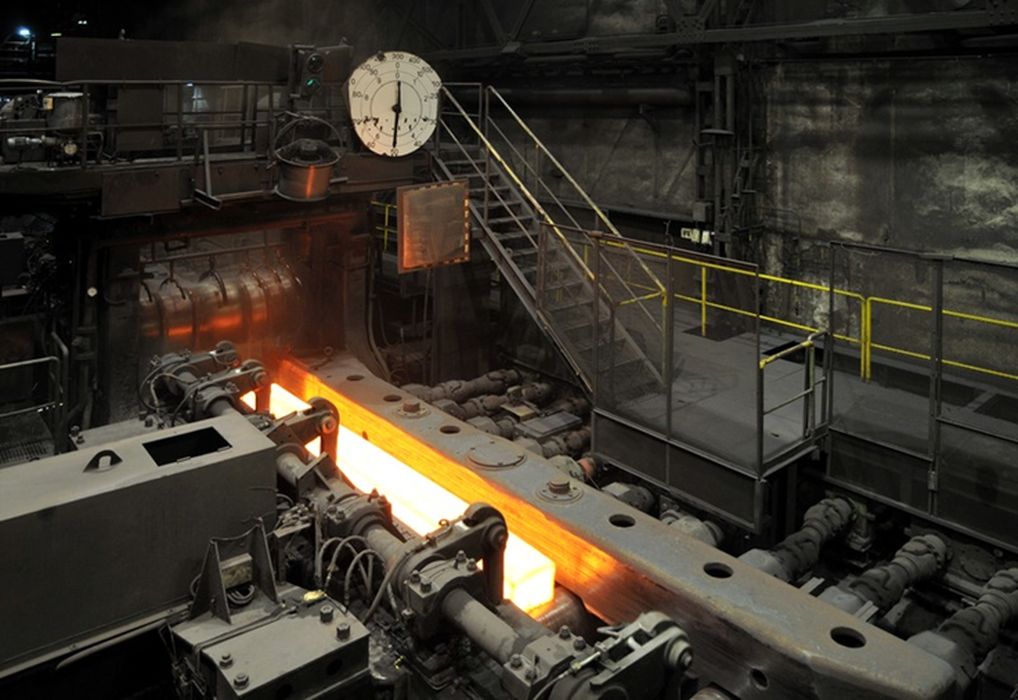
Charles R. Goulding and Preeti Sulibhavi look at the implications of scrapyard metal recovery efforts.
The January 4, 2022, Wall Street Journal (WSJ) issue had an extensive article about how the major steel companies are acquiring large scrap yards to secure recycled metal supplies. This is an interesting development because the scrap yard industry is a large business sector that has previously operated under the radar due to the companies in the industry’s historic family business, private ownership structure.
Many of the larger yards focus on automobiles but can process other large metal volumes, including construction materials and appliances. Some of the yards have ancillary, used auto parts businesses where auto parts can be removed by either yard staff or directly by consumers in what is sometimes called “you pick it.” Some of the yards have very sophisticated metals brokerage and commodity expertise.
The WSJ article covered scrap yard acquisitions by Nucor, the largest U.S. steel producer and other leading U.S. producers including Cleveland Cliffs and Steel Dynamics. In our Fabbaloo article entitled, “Lower Cost Steel Mini Mills & Metal 3D Printing,” we explained how new furnace technology is enabling lower-cost steel production. In the July 20, 2021 Fabbaloo article entitled, “Steel Production Cost Differences and 3D Printing,” we explained how lower-cost steel production is making traditional large footprint steel plants obsolete. In the conclusion to that article, we indicated that the industry has to investigate alternative purchasing strategies and utilize more commodity pricing optimization software. With the purchase of larger scrap organizations, this is exactly what the steel industry is doing.
Cleveland Cliffs Circular Steel Recycling Achievement
The price of scrap is currently very high and rose 34% in 2021 to $540 per ton. In October of 2021, Cleveland Cliffs made a $775 million purchase of Detroit-based Ferrous Processing, a major purchaser of automotive manufacturer scrap with 22 locations.
This is an intriguing acquisition since Cleveland Cliffs is a major automobile steel supplier and is effectively buying back its own scrap from its own steel in what is essentially a pure recycling circular economic achievement. In the United States, Steel is one of the only materials that can truly be called circular at the 85% to 90% level.
Nucor: The David J. Joseph Acquisitions (DJJ)
Nucor’s existing DJJ business subsidiary is one of the oldest and largest scrap brokers, recycling and transportation services in the U.S. In October of 2021, Nucor/DJJ’s Trademark Metals Recycling (TMR) subsidiary announced the purchase of Garden Street Iron & Metal in Fort Meyers, Florida. Also, on September 30, 2021, Nucor/DJJ’s Advantage Metal Recycling (AMR) subsidiary completed the purchase of Grossman Iron and Steel in St. Louis, Missouri. This purchase allows for transporting products along the Mississippi and Ohio river system’s
With advancements in 3D Metal printing and scanning the steel companies and their customers can use 3D printing for more high-value metal parts and components. The existing scrap yard auto parts databases provide a treasure trove of possible 3D metal printed part replacement opportunities.
The Research & Development Tax Credit
The now permanent Research and Development (R&D) Tax Credit is available for companies developing new or improved products, processes and/or software.
3D printing can help boost a company’s R&D Tax Credits. Wages for technical employees creating, testing, and revising 3D printed prototypes can be included as a percentage of eligible time spent for the R&D Tax Credit. Similarly, when used as a method of improving a process, time spent integrating 3D printing hardware and software counts as an eligible activity. Lastly, when used for modeling and preproduction, the costs of filaments consumed during the development process may also be recovered.
Whether it is used for creating and testing prototypes or for final production, 3D printing is a great indicator that R&D Credit eligible activities are taking place. Companies implementing this technology at any point should consider taking advantage of R&D Tax Credits.
Conclusion
The near-term opportunities for the steel industry are compelling with the anticipated return of volume auto production and the recently enacted trillion-dollar infrastructure package. The 3D printing sector can be an active participant in the increasingly vertically integrated from scrap to the enhanced new 3D printed, designed and produced final metal product.
